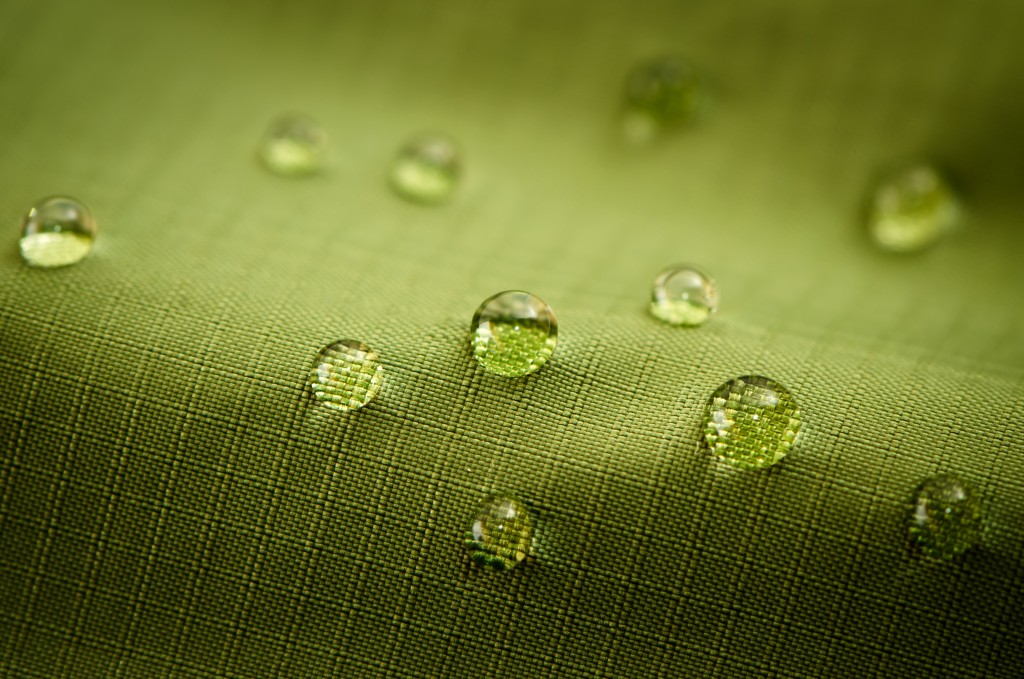Mother Earth’s resources are finite, and everyone should do their part to help conserve them. Home trends come and go, but the one that’s likely here to stay is the push toward more sustainable homes. Homeowners care about the design and aesthetics of their homes, yet most consciously choose the materials of their homes and how their lifestyles affect the environment.
The best thing about this is that sustainable options are becoming more affordable and accessible. Solar panels and systems were only available to a few who could afford them. Now, solar panels are cheaper, and most suppliers offer easy payment terms. A solar power system reduces your home’s dependency on the grid, thereby reducing your carbon footprint.
Others have also discovered the joy of setting up a home vegetable garden where they grow their food. Growing your food is an effective way of reducing your carbon footprint and ensuring that your food is chemical-free.
Another way to make your home more sustainable is to install a rain harvesting system. What is it, and how can it help your household?
Rainwater Harvesting System Defined
Rainwater harvesting is the process of collecting rainwater run-off for future use. Rainwater harvesting usually involves collecting rainwater from the roof. If your gutter is old and damaged, you might need to hire an expert in gutter repair when installing your rainwater system. The rainwater that your drain will collect will be directed through the downspouts and into a collecting vessel.
Rainwater collection is not a new concept. In some parts of the world, the practice is also known as rainwater catchment. It can be as crude as having a pail or basin to collect the falling rainwater. In some countries, the practice is also called roof water collection.
It is advisable to check your local state regulations if there are any restrictions on rainwater collection. In the state of Colorado, for instance, homeowners are allowed two rain barrels, which must not exceed 110-gallon capacity. The collected water must only be used on the property where it was gathered. It can only be used for outdoor purposes, and the state engineer must track its usage among the homeowners.
The state of Arkansas allows rainwater harvesting, but the rainwater harvesting system must be designed by a licensed engineer and must be compliant with the Arkansas Plumbing Code.
Components of a Rainwater Harvesting System
Your rainwater harvesting system has different stages: collection, transportation, filtration, and storage of the water. Each of these stages requires components to make your harvesting system efficient and functioning. Here are the features that will make up your home’s rainwater harvesting system:
- Catchments
The catchments of your harvesting system refer to the surfaces that will receive the rainfall directly. It can be the roof of your home, a terrace, or a courtyard.
- Mesh/Filter
You only want to collect water and not leaves and debris. A coarse mesh will help keep out unwanted materials in your rainwater.
- Gutters
Your roof gutters will collect the rainwater from your sloping roof. It is essential to keep them clean and maintained so that they do not gather debris and leaves. You can adjust the size of your gutters depending on the maximum rainwater volume for heavy rain in your area.
- Conduits
Conduits are the pipes where the rainwater from the gutters flows through to your catching system. The diameter of your pipes will also depend on the rainwater volume during heavy rain. Pipes can be made from either PVC (polyvinyl chloride) or GI (galvanized iron).
- Filter
You can use charcoal or sand filters to remove pollutants from the collected rainwater. It can be a chamber filled with filtering materials that will remove dirt from the water.
- Storage
There are many options that you can choose for your storage barrels. You can have them in galvanized steel, or you can use tanks made from plastic. Depending on your intended use for your rainwater or the design of your harvesting system, you can place your storage above ground or underground.
The Perks of a Rainwater Harvesting System
If you are still in doubt whether you should invest in a rainwater harvesting system, here are the benefits that it can offer you.
- Rainwater is a free source of clean water.
- It is an environmentally-friendly choice.
- It allows you to conserve water.
- It allows you to save on your water bill.
- It helps reduce run-off water from storms.
- It can be used as a back-up source of water to your main supply.
Finding creative means to reduce wastage is one of the ways that you can help Mother Nature. By using the free water from rainfall, you do not only save on your utility bills. You also help solve the problem of clean water shortage.

